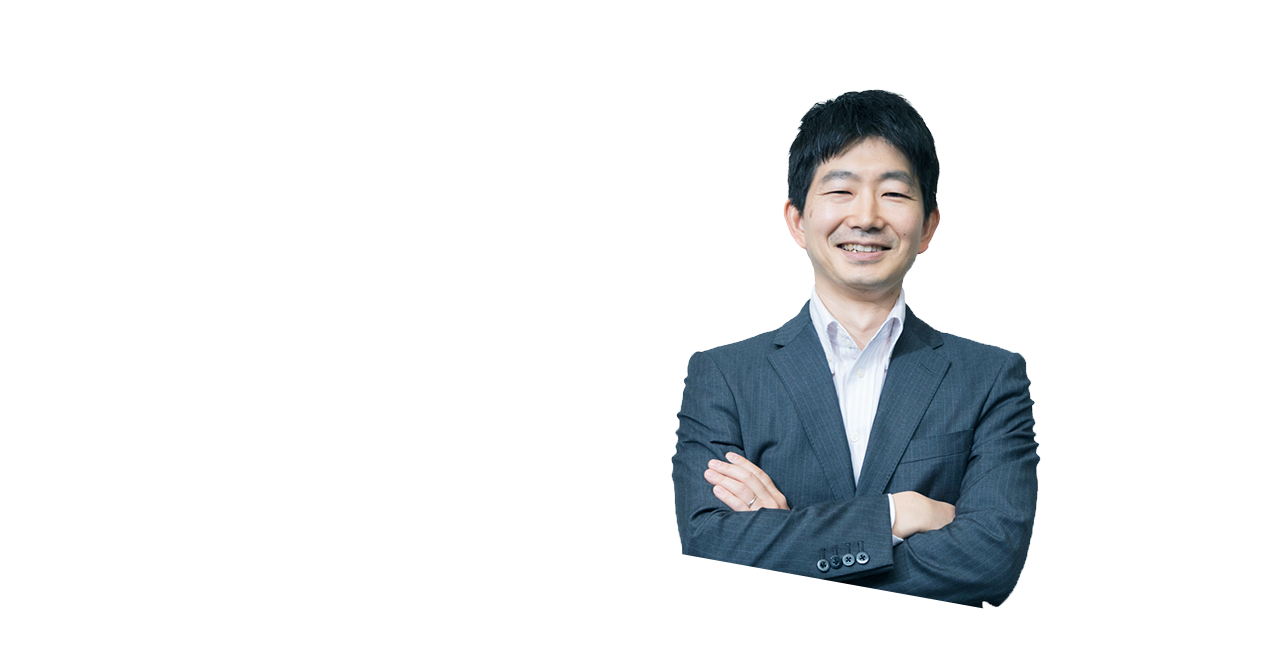
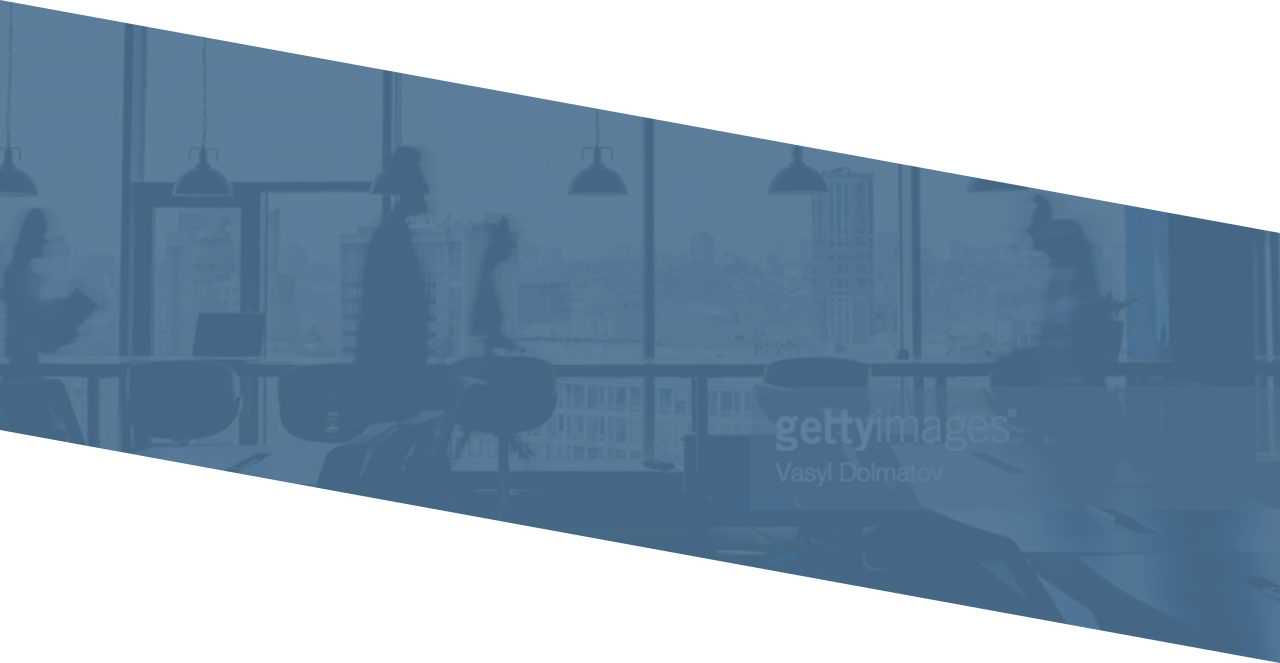
Contributes to social security and
safety via technologies to protect
people and facilities in buildings.

Countermeasures against indoor damage from earthquakes
Although earthquakes do cause damages to buildings, there are less and less cases where buildings lose their function due to damage to or collapse of their structural elements because the criteria of building codes for “structural members” (such as columns, walls and beams) are more and more stringent every time an earthquake occurs. As the next phase, it is required now to take measures against indoor damage such as “people getting injured by falling or overturning things” and “business disrupted because the office or factories were messed up and unable to use after an earthquake.” Although fixation of furniture and facilities will decrease indoor damage, it is virtually difficult to do so, because making holes in walls or floors is not allowed when the building is a leasehold property or some people say they do not want to fix the layout since it would decrease their work efficiency. In this context, I am aiming to realize some possible countermeasures against indoor damage, such as “to make furniture and facilities less likely to fall even without fixation, although not completely,” and “to reduce the number of items that might fall.” As a member of a public project, I am also involved in research and development for more advanced measures, including the understanding of indoor damage using the technology of image analysis.
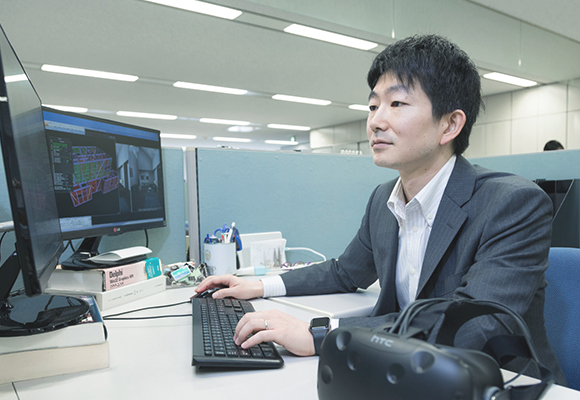
Analysis of complicated behavior of “non-structural members”
At the department that performs seismic evaluation mainly on buildings’ structural elements, I am in charge of analyzing how “non-structural members” (e.g., furniture, facilities, ceiling) placed inside buildings will behave during earthquakes. This is the research theme for my master degree and it became my actual work. At KKE, we can establish a new theme on our own. For example, we are working to respond to needs from companies, such as “We want to prevent the piles of packages in warehouse from collapsing,” “We are placing a large server on the floor, so we would like to evaluate if it won’t overturn,” and so on. One of the most impressing requests so far was one I received from a certain furniture maker regarding a overturn prevention device. The job was “to explain to the maker why the device works effectively,” although they knew through experiment that it works efficiently. I didn’t think it would take long to analyze when I started working on it, but it turned out to be impossible to deal with by the evaluation method and analysis program I originally intended to use because multiple events were involved in a complicated manner. With advice from members also outside of the project, and by adding an impromptu function to the program, I finally managed to deliver the work. Even though it was difficult in terms of technology and profitability, it was such an enlightening project for both KKE as an organization and myself as an individual.
My ordinary day
-
8:30 a.m.
Arrive at work, office meeting, do some work on the desk (e.g. analytical work, programming, report writing)
-
12:00 noon
Lunch
-
1:00 p.m.
Go out for a meeting with a client
-
4:00 p.m.
Get back and do some work on the desk (e.g. analytical work, programming, report writing)
-
6:00 p.m.
Leave office (leave on time for child-rearing)
You can cast ideas into shape that are useful for society
KKE provides a workplace with a high degree of freedom. Not to mention the freedom of working style, including the freedom for male staffs like me to take child-care leave without hesitation, what I like the best as a programming and computer lover is flexibility in computer-related rules. Since security policies of the company are set so as to give adequate freedom to the staffs, we can use whatever software we like to make our work more efficient, or readily try new IT technologies. It is also appealing that we have the freedom to study. Thanks to it, I could go to a university laboratory to earn a doctorate while working, and later I was also given a Hattori Award (one of the staffs’ award programs) which is given to staffs who have achieved substantial academic or work results. We are also actively collaborating with other companies. When I come up with ideas that might do good in the world or sounds interesting, they do not deny them without hearing. In one of my cases, I have developed a device called “Jishin the buton x VR (Earthquake Simulator with virtual reality)” in collaboration with a certain maker. With the chair type device and VR image, you can feel the quakes and at the same time experience large furniture overturning and coming closer to you. This device was introduced in an NHK program, through which the unknown threat of earthquakes called “long-period pulse” became known to many people. I will continue to try projects to realize a safe and secure society.
Staff Interviews
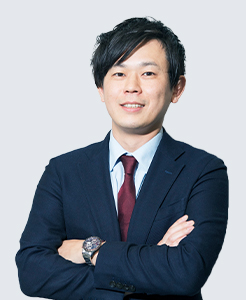
Disaster Preparedness
BIM Design
Stationed in Kumamoto, he travels around the country, pursuing architecture of the future.
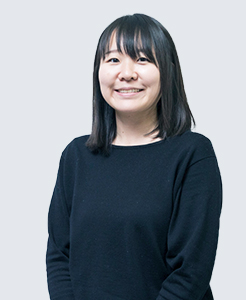
Design support for manufacturing industry
Promoting innovation of manufacturing industry with “Design Automation”

Telecommunication
Radio wave propagation
Challenge the radio wave utilization frontier beyond the border of companies and nations.
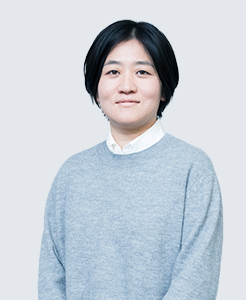
Disaster Preparedness
Creation of earthquake motion
Using fostered “earthquake motion” technology for a more critical mission.
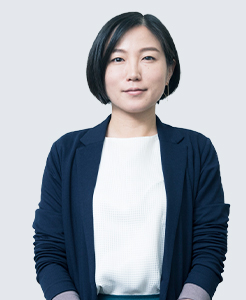
Cloud Service
Sells a global service supporting companies’ e-mail distribution
to the Japanese market.

Disaster Preparedness
Simulation of indoor damage
Contributes to social security and safety via technologies to protect people and facilities in buildings.
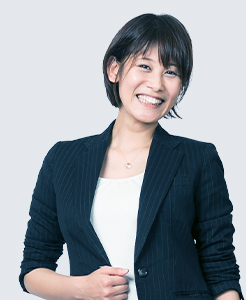
Disaster Preparedness
Seismic diagnosis, design for refurbishment
Increases buildings’ seismic capacities for longer and safer use.
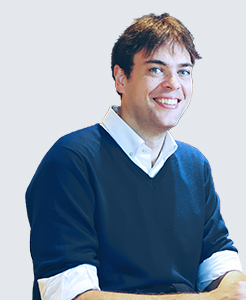
Disaster Preparedness
Structural design, Wind power facilities
Connects domestic and international companies and professionals to contribute to increasing wind power.
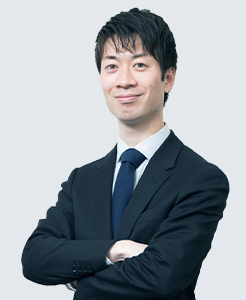
Indoor 3D map
While listening to the clients’ problems, contribute to productivity enhancement with the latest technology.



